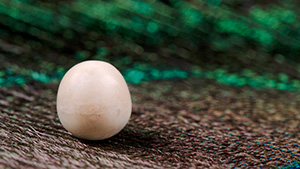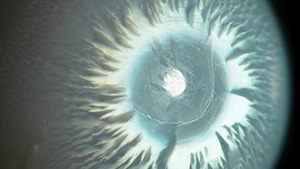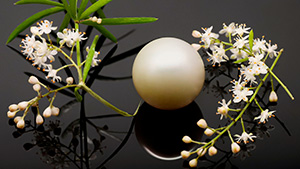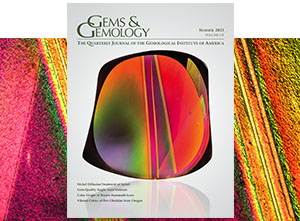
A report from GIA’s Bangkok laboratory on freshwater bead cultured pearls with saltwater bead nuclei.
Read More
Examination of natural pearls from Kuwait reveals one with a suspected metal oxide at the core.
Read More
Examination of a Pinctada maculata pearl reveals an interesting columnar calcite surface structure.
Read More
A Tridacninae pearl exhibits a flame structure resembling an eye.
Read More
Analysis of internal structures in non-bead cultured pearls submitted to GIA’s Mumbai laboratory.
Read More
An exceptionally large South Sea bead cultured pearl is examined at GIA’s Mumbai laboratory.
Read More
Two pearls representing Indian deities were recently examined in the Mumbai laboratory.
Read More
An overview of the Summer 2023 Gems & Gemology content.
Read More
Investigates the mineral and chemical compositions and surface morphology characteristics of brown mammoth ivory to identify the origins of its brown color.
Read More
A very large baroque white pearl is further examined in the Mumbai laboratory due to its suspicious heft.
Read More